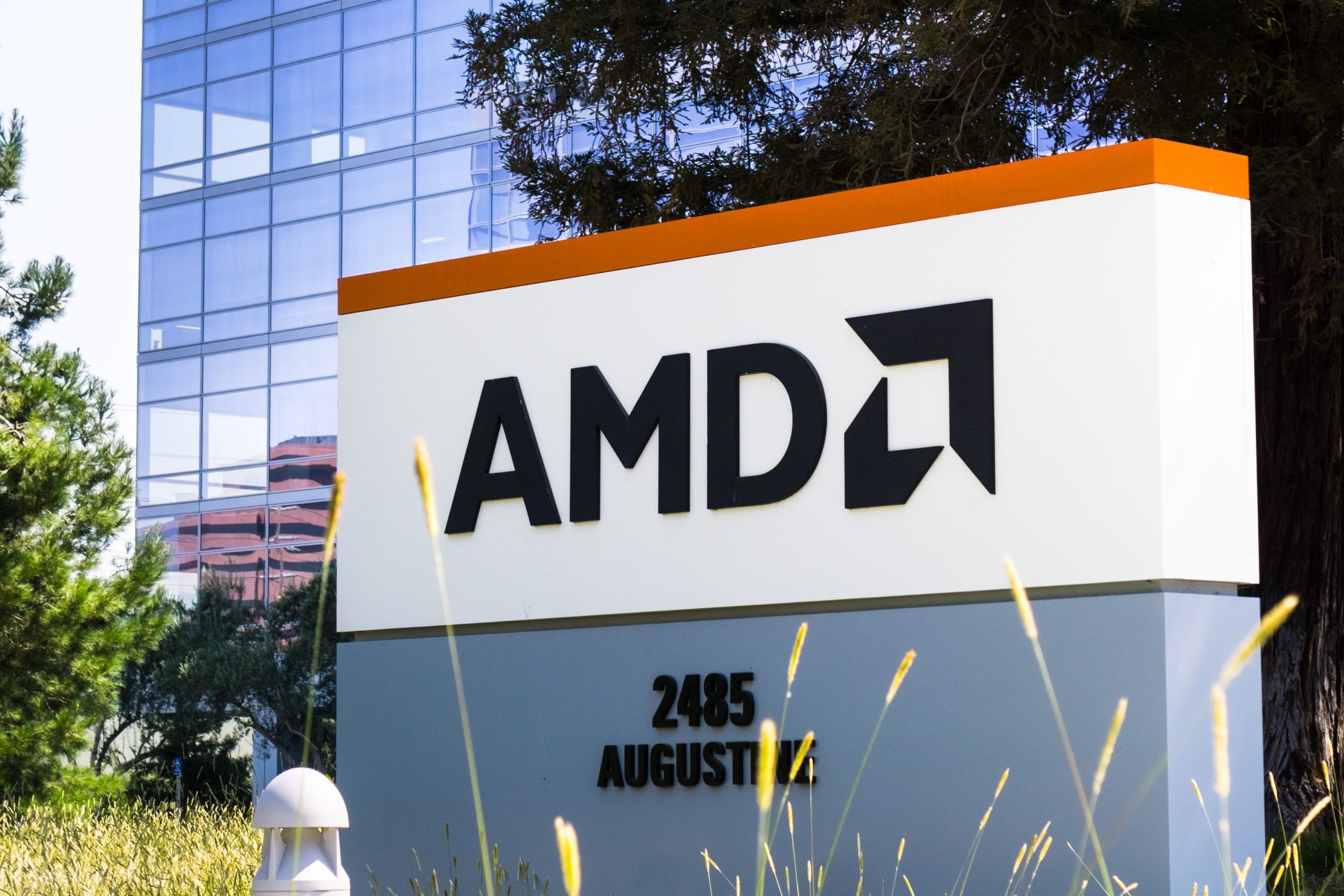This morning, financial news channels are all giving extensive coverage to the event held yesterday by Advanced Micro Devices (AMD) to present their new MI300X microchip. The standard take is that it will take a lot of business away from Nvidia (NVDA), whose status as the lone supplier of chips suitable for developing AI platforms has been responsible for that stock posting gains of well over 200% this year. So, is the news good or bad for AMD, good or bad for NVDA, or some combination of those things?
Maybe it is just the arrogance of someone who has worked in and around financial markets for forty years or so, but I believe that if you want an answer as to how any news or development is going to impact a company, the best thing to do is to look at how its stock performs once the information becomes public. On that basis, AMD getting into the rapidly expanding market for AI capable chips isn’t necessarily bad news for NVDA. The development of the MI300X was first announced back in June. Since then, NVDA has continued to show gains.
The above chart shows the performance of NVDA (blue line) and AMD (green line) over the last six months. As you can see, the announcement that AMD was developing a chip to compete with Nvidia has not really held back NVDA, which has gained over 20% over the period, nor has it really helped AMD, which has been basically flat. One assumes that that is a result of skepticism from traders and investors about whether AMD’s offering would prove to be a real competitor to NVDA. Maybe, given the difficulty of developing and manufacturing these chips, there was even some doubt that AMD would actually be able to make something that was a serious competitor.
What we learned yesterday is that the development program has been a success, and that AMD believes that they have a decent product. That view was supported by the news that some big customers, such as Meta (META) and Microsoft (MSFT) have said that they would be open to using the MI300X. So, can we expect AMD to make rapid gains from here at the expense of NVDA?
That would definitely be the case if this were a zero sum game, but it isn’t. The market for AI capable chips is expanding so rapidly that there was never going to be only one manufacturer for any length of time. During the event the AMD CEO, Lisa Su, forecast that that market would reach in excess of $400 billion by 2027. If she is correct, competition for Nvidia was not just inevitable, but is actually necessary if demand is to be met.
The market knows this, of course, and has factored it into the current pricing of NVDA. Even if we assume that Su’s forecast is off by $100 billion, that still leaves a market of $300 billion in four years, and Nvidia’s revenue for fiscal year 2023 was just under $27 billion. That means even if the MI300X is wildly successful and grabs half the market, Nvidia’s revenue will still grow by around $123 billion by 2027. Using a more conservative number than the AMD CEO, there appears to still be plenty of upside for NVDA, that is currently trading at a forward P/E of 41.6 based on analysts’ estimates for 2024, and 25.1 for 2025.
AMD’s forward P/Es, at 60.8 and 40.4 for those years look a bit less attractive, but if the new generation of chips is even moderately successful, their revenue, which is currently roughly equal to NVDA’s, is about to enter a period of rapid growth, so the forecasts on which those numbers are based will prove to be underestimates and that stock, too, will have a big upside.
As I write on Thursday morning, it seems that traders agree with the view that the most important thing about yesterday’s event was Su’s bullish estimate of the growth in the market for AI capable chips, growth which leaves room for both AMD and NVDA to post further gains. You might think that what looks like a successful launch of a competitor’s product would hurt NVDA, but both stocks are up in early trading. That tells investors who trust the market to get it right most of the time all they need to know.
The views and opinions expressed herein are the views and opinions of the author and do not necessarily reflect those of Nasdaq, Inc.
Image and article originally from www.nasdaq.com. Read the original article here.

